Intro
Transportation: the movement of goods, people and ideas is one of the most vital systems that shape the societies we live in. The government have acknowledged the importance of Transportation and the people have benefitted from our transportation infrastructure. The lack of regulations in the 1950s has resulted in a lacklustre transportation system. With the 1967 State and city planning, master planning became more holistic to include considerations for transportation in the 1960s and the long term. As Singapore continue to develop, the government continue to build better infrastructure to cope with transportation demands. In addition, the government have actively promoted sustainable forms of mobility such as the Car-free initiative, car free zones. With LTA’s land transport masterplan envisioning Singapore as a 20-minute town and 45-minute city.
However, the growing population and lack of physical space have made traffic management problematic. In addition, given the environmental toll of existing transportation methods, expanding the road network may not be a sustainable option for Singapore. Despite Singapore’s method to promote sustainable transportation, is this current mobility system sustainable in the long term?
Looking at the issues with the current mobility systems, the motivations for travel in the future, as well as the future of the logistics industry, this thesis aims to transform the current state of mobility. In addition, explore the potential placemaking opportunities provided by the revamped modes of transportation within the estate. Essentially the proposed solution is to create a mobility system which is efficient, resilient and sustainable for future generations.

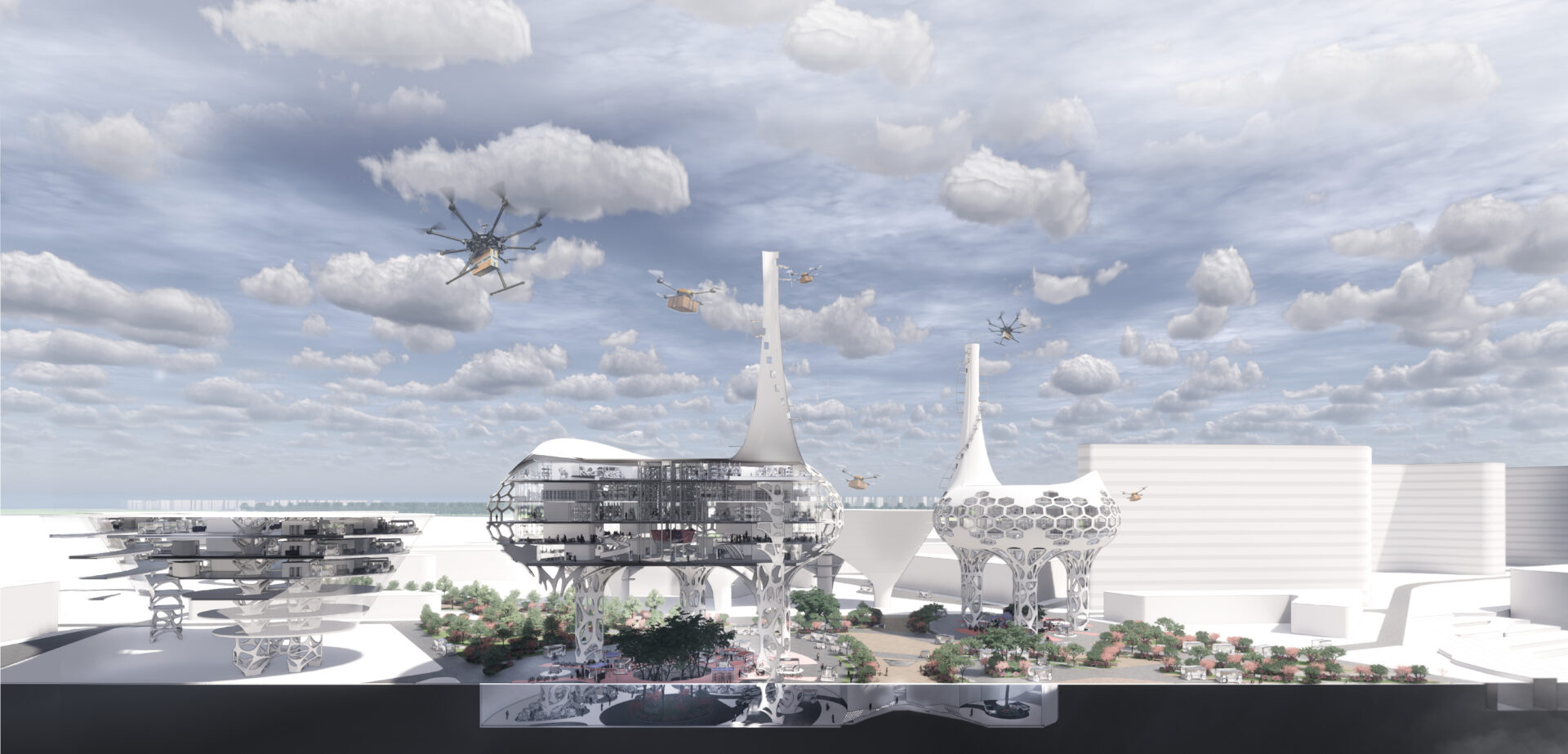


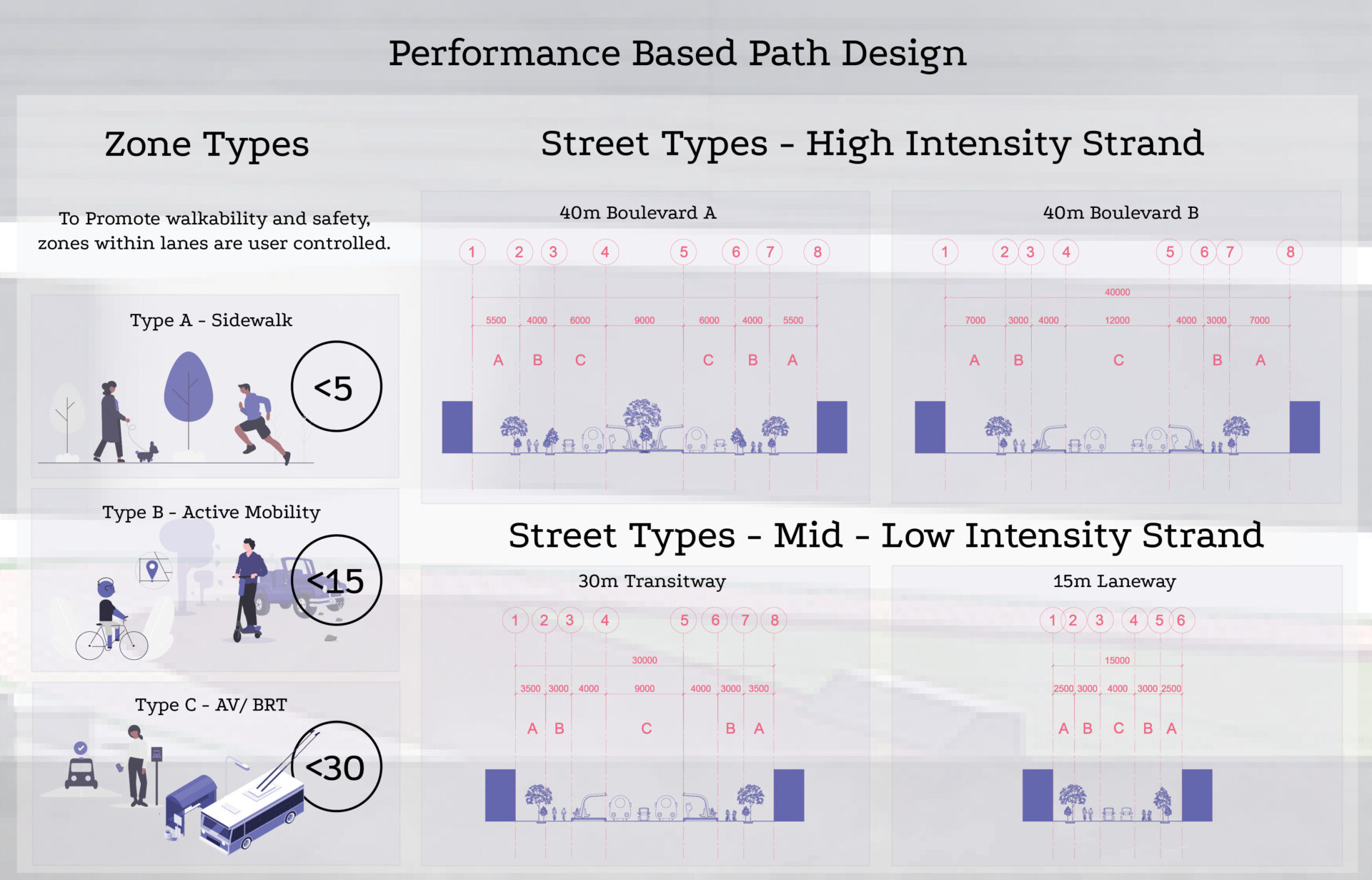
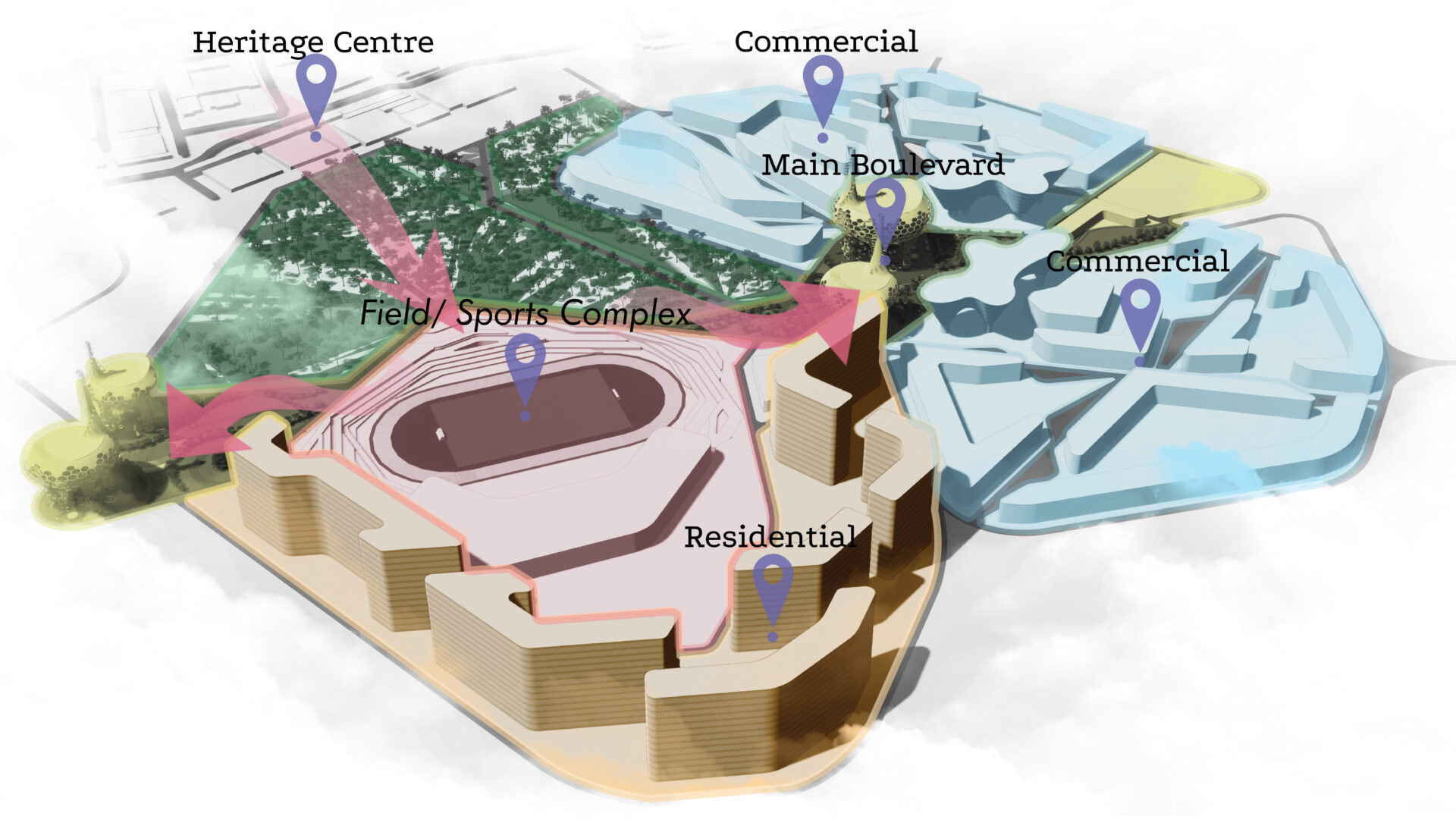
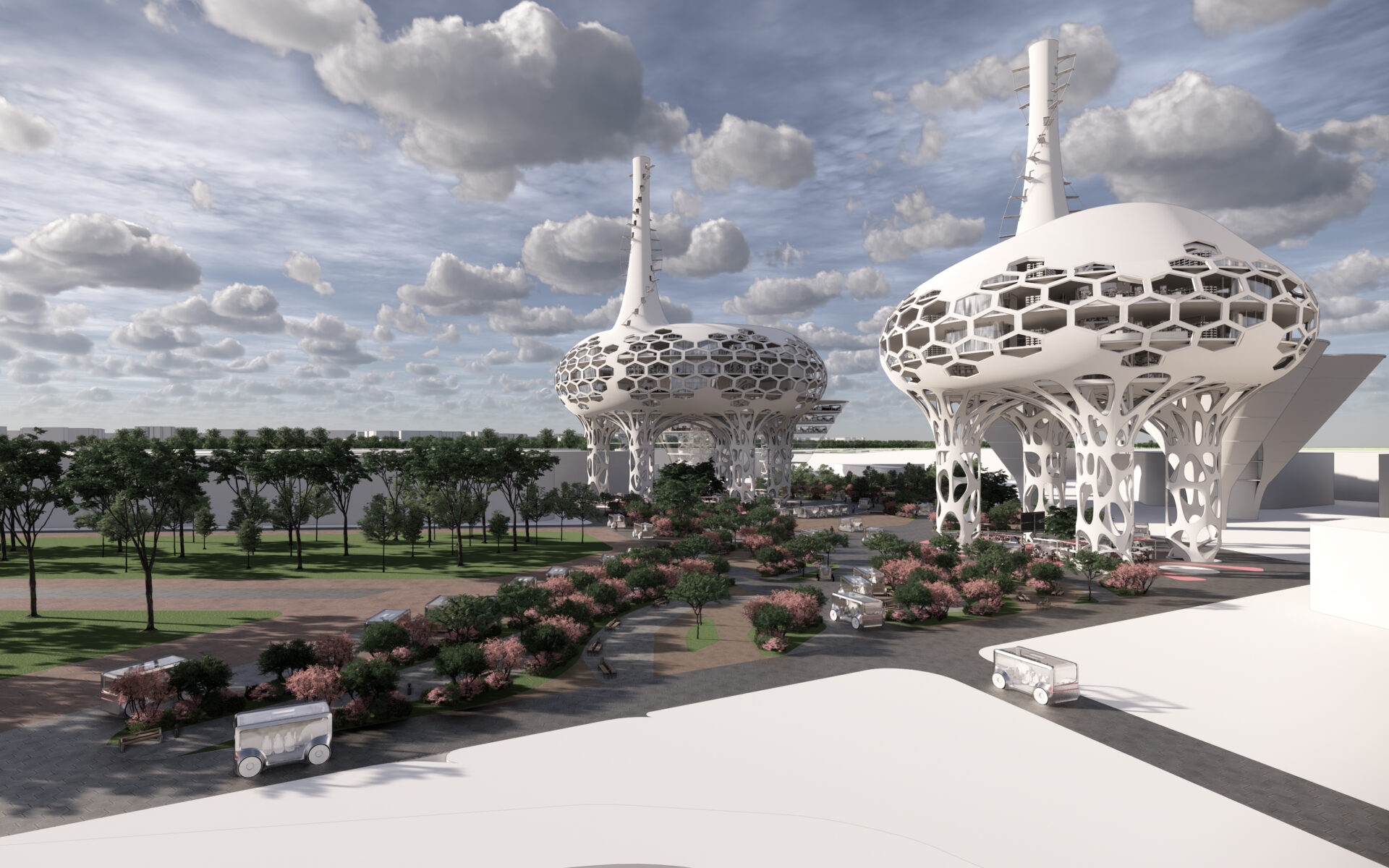
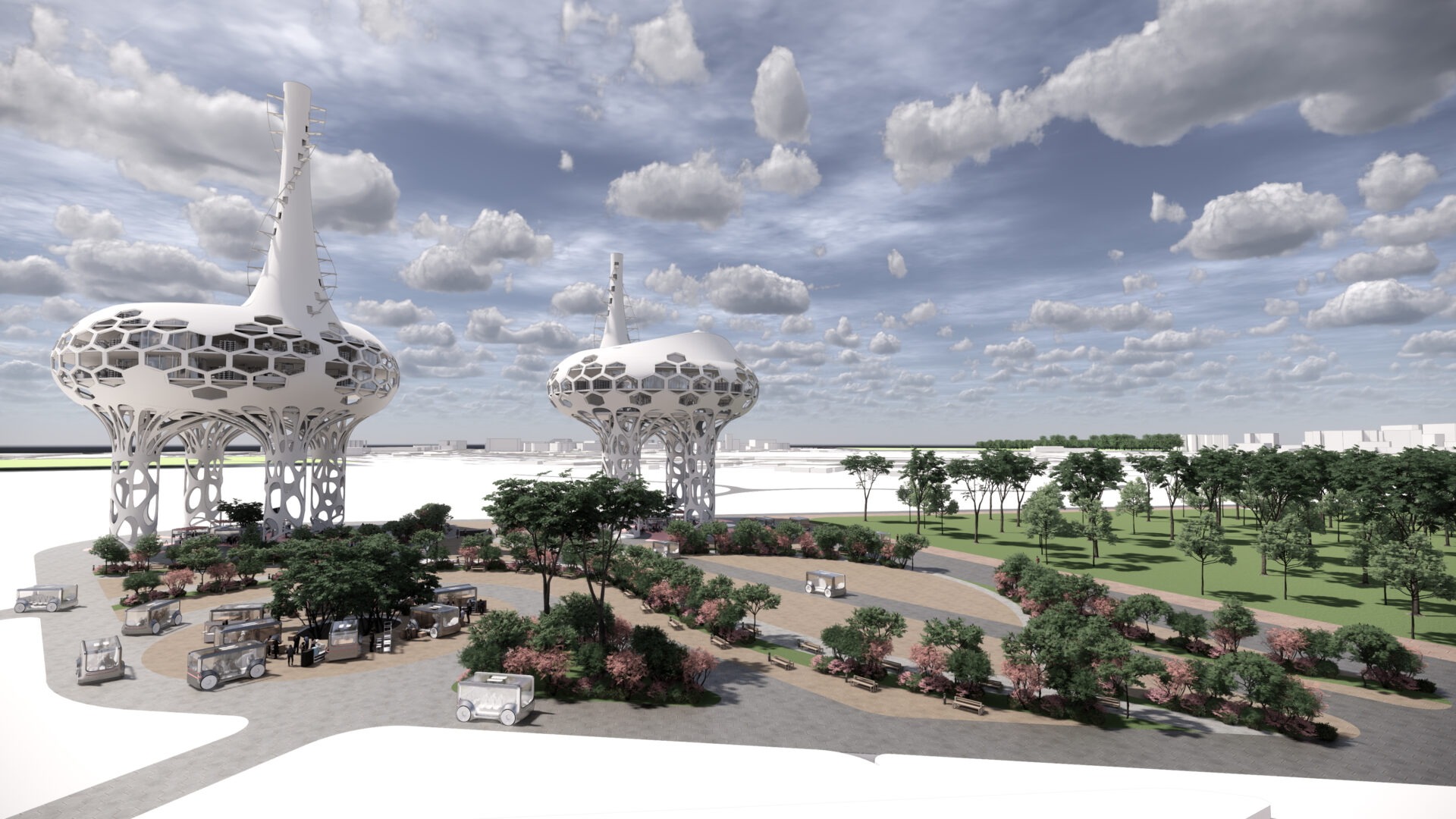
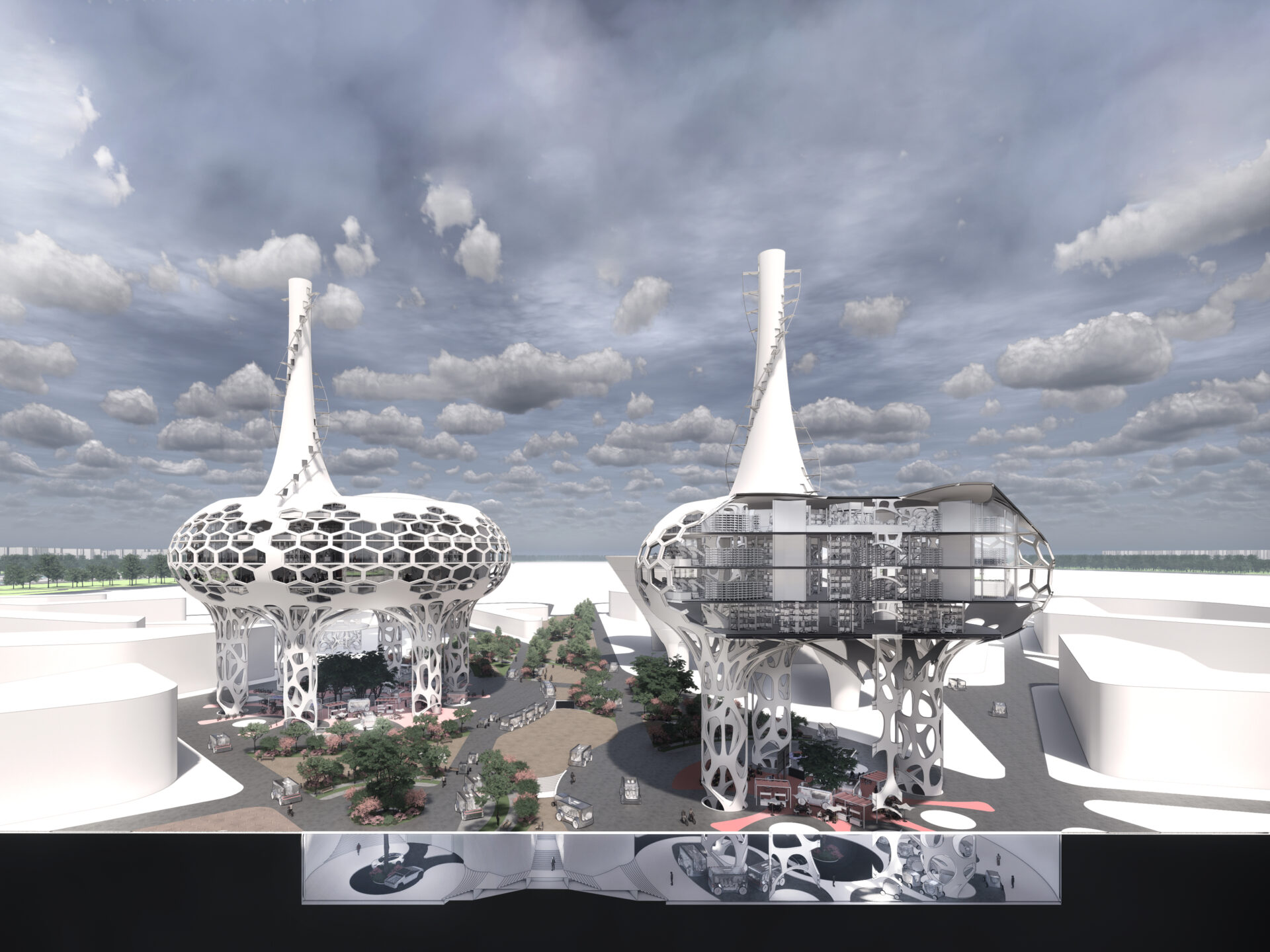
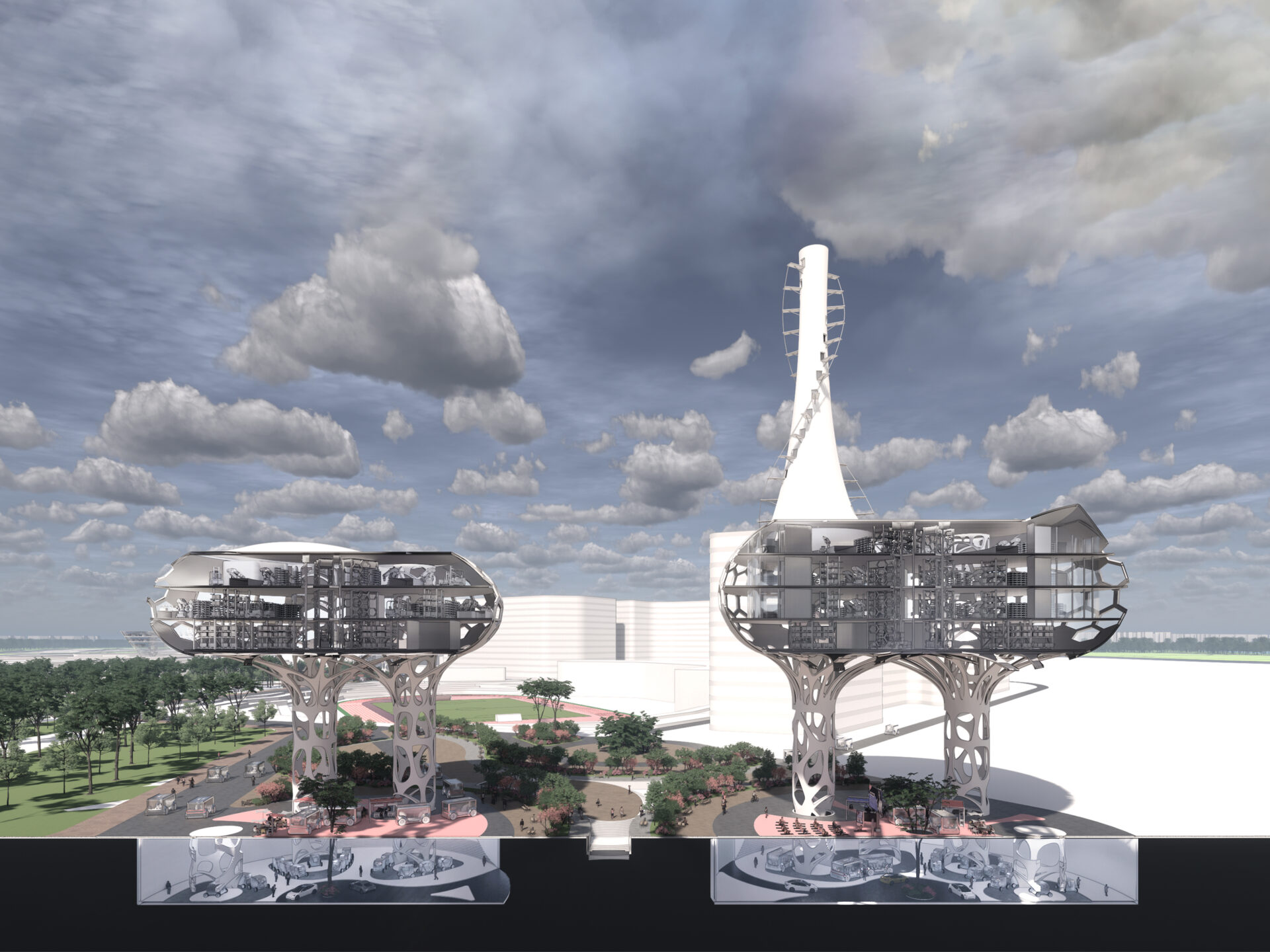

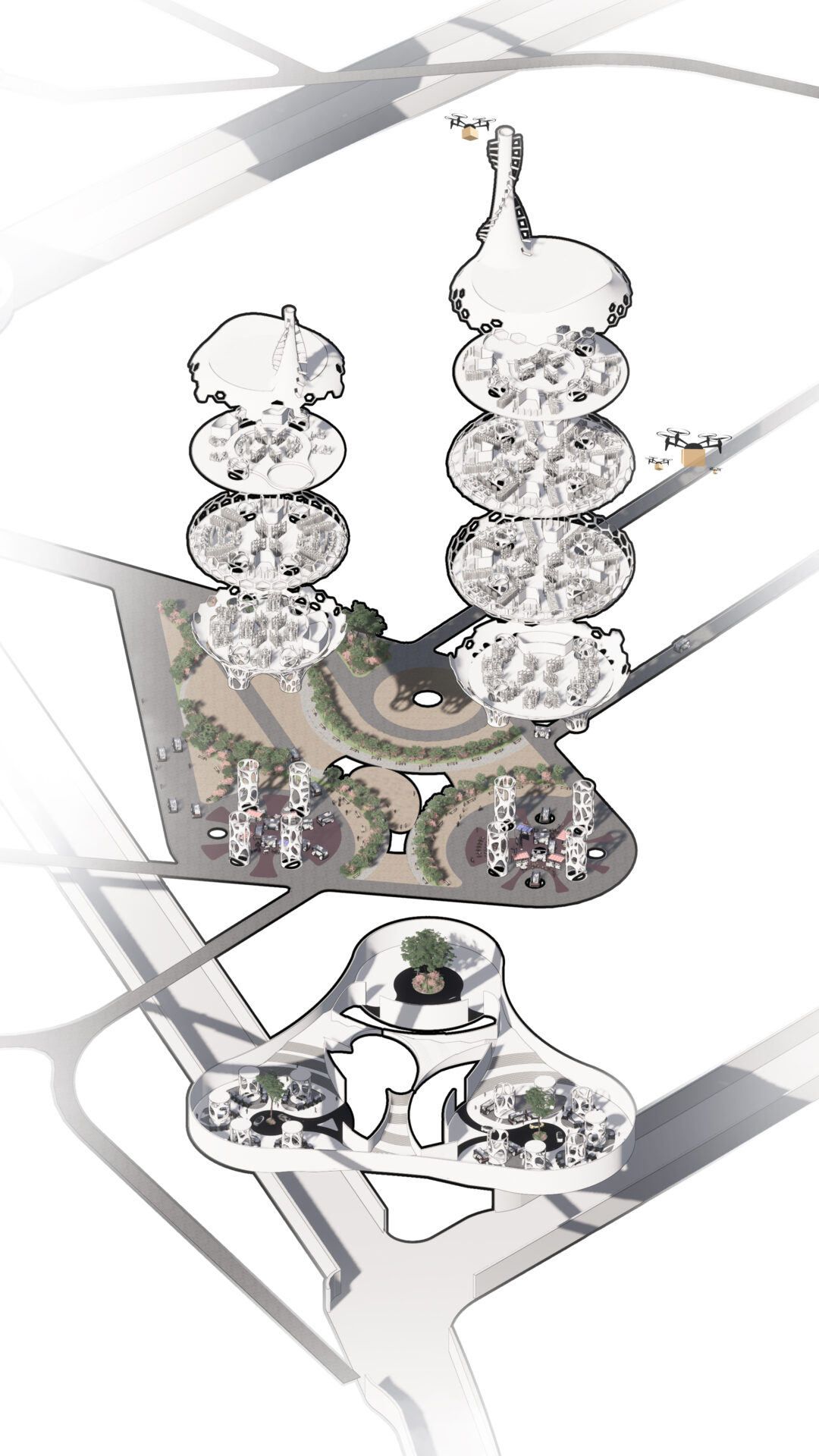
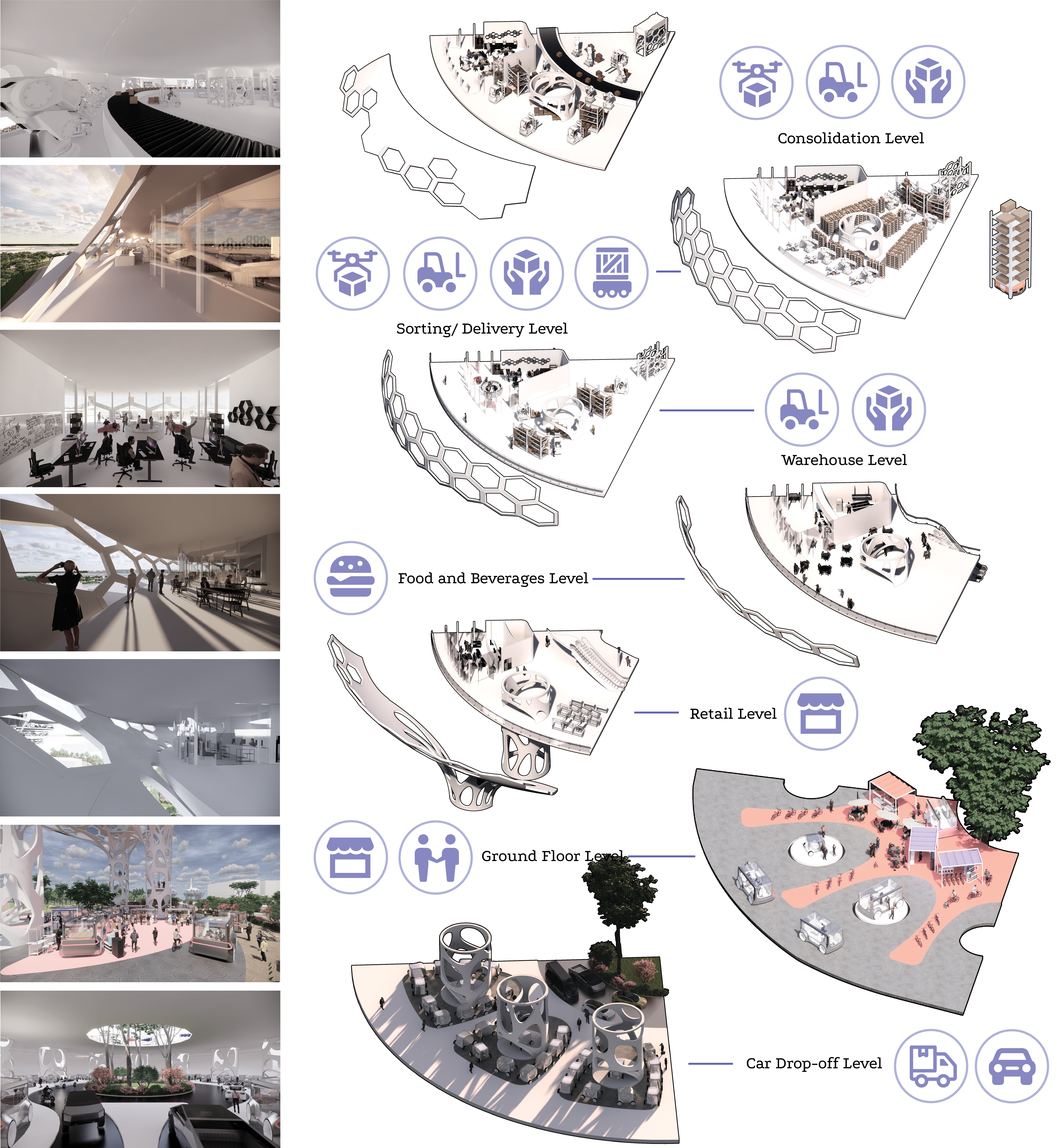
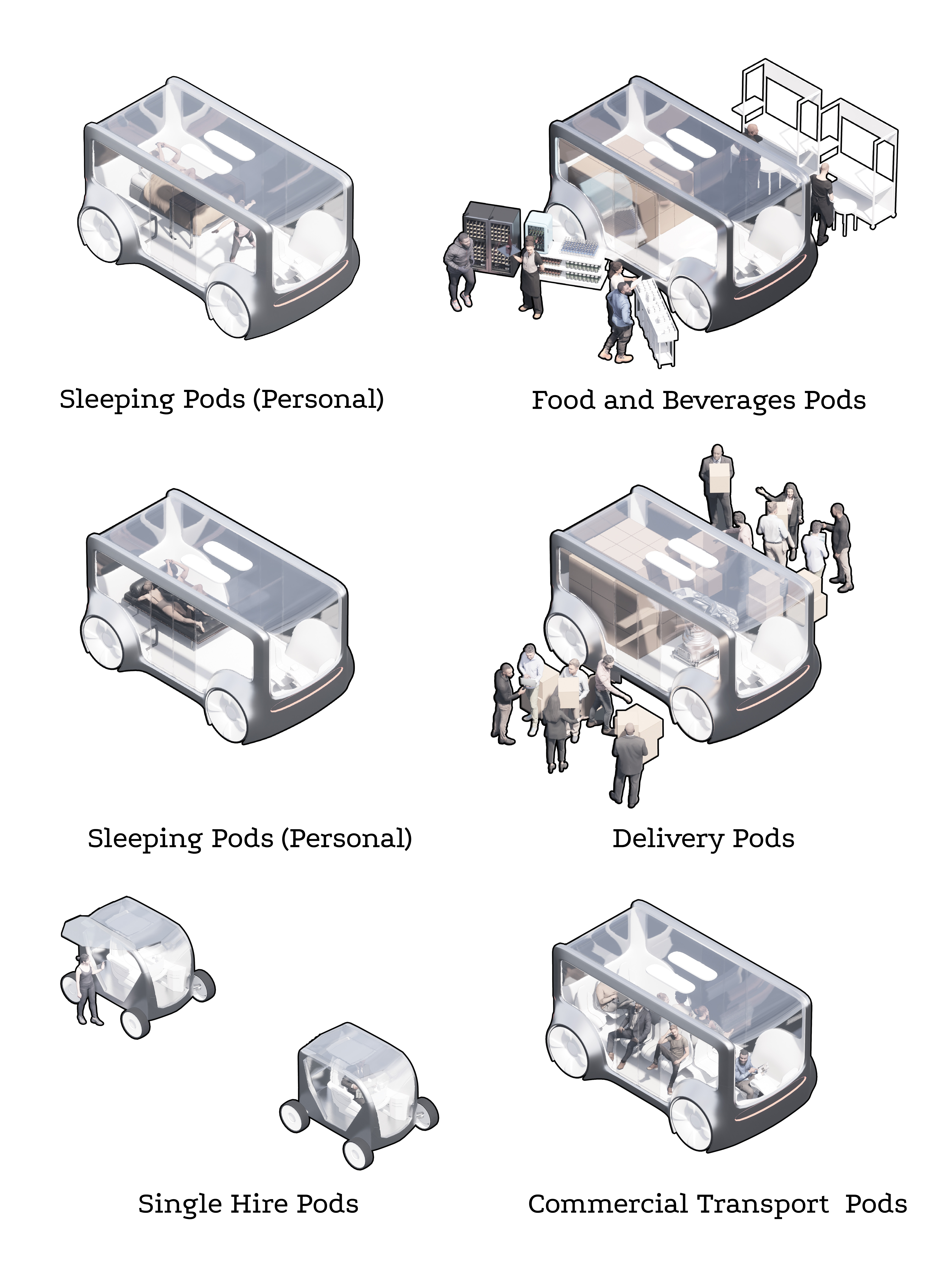
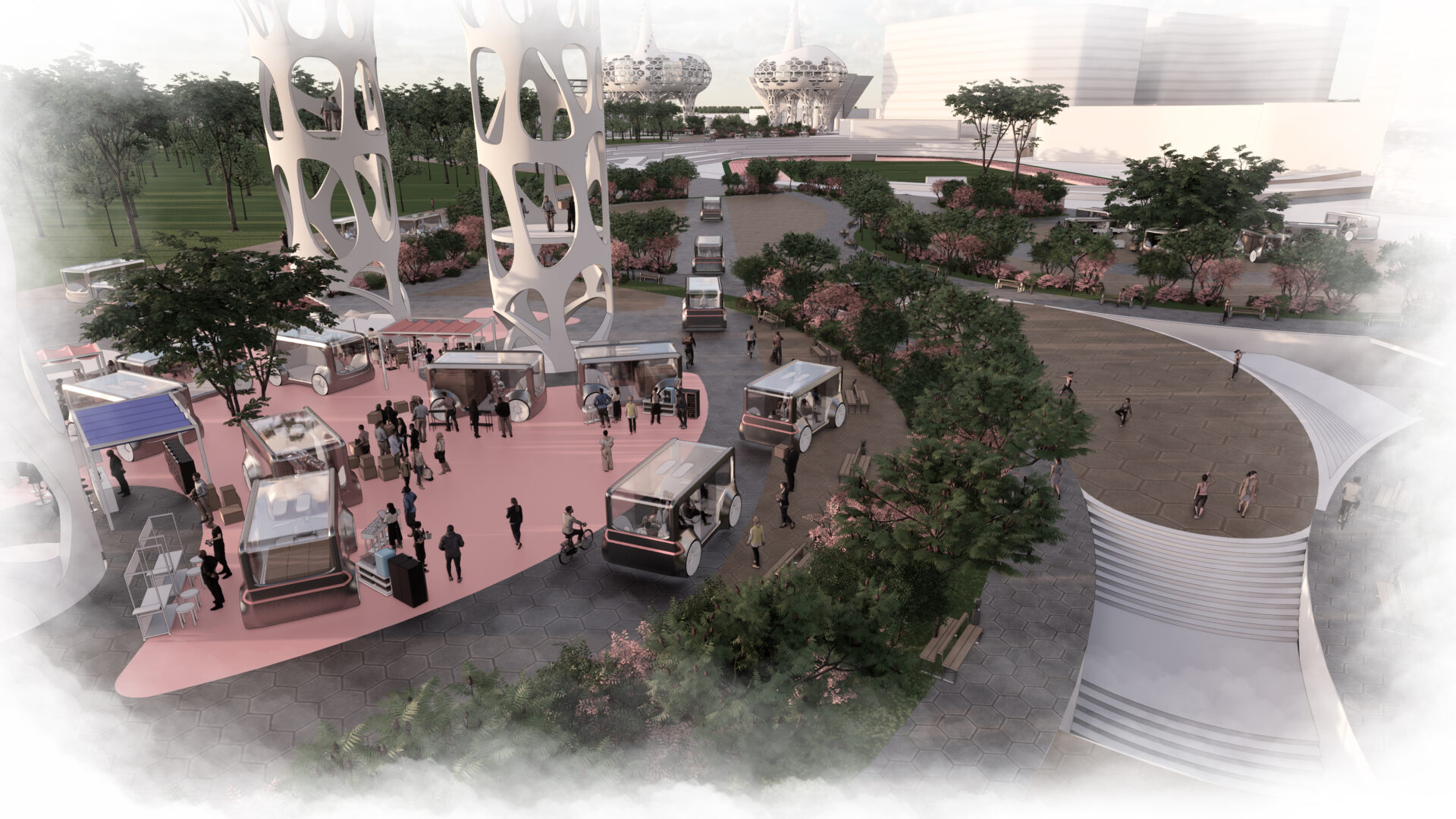
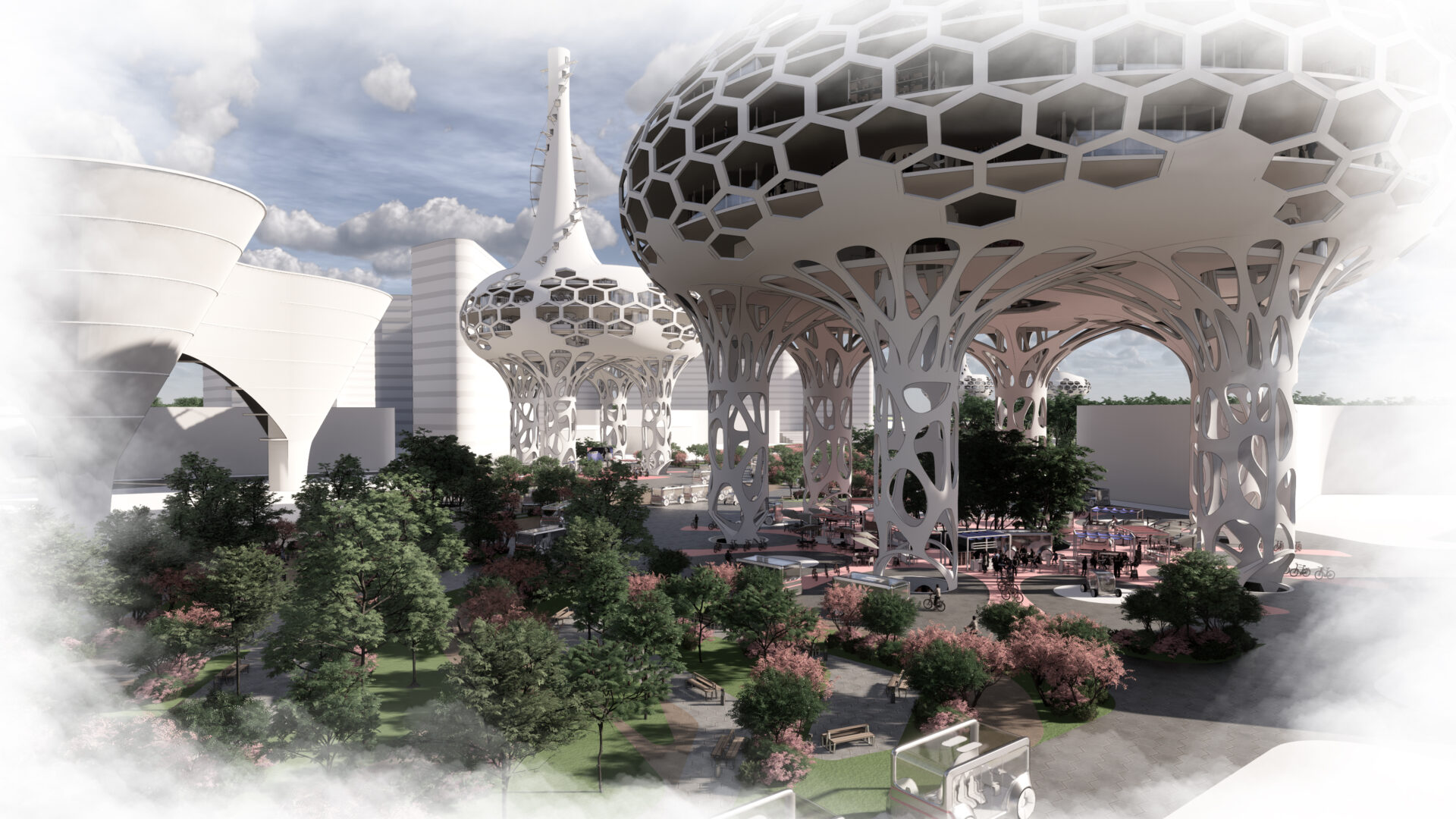
Supervisor's comments:
Future mobility is a deep change agent of physical planning and will trigger innovative city forms and an urban fabric of interconnected networks. The architecture of mobility integrators that stitch various modes of people and goods movement poses opportunities for investigating new urban forms based on avant-garde programmatic ideas. Here, the blob-like forms portend a new spirit of architecture and urban design for the future that is inspired simply by thinking of movement and seamless fluidity. Space and form are thus a static witness to the incessant dynamics of people, objects, and ideas in constant flow.
- Assoc. Prof. Fung John Chye